All - Visual Literacy Art History Midterm
1/149
There's no tags or description
Looks like no tags are added yet.
Name | Mastery | Learn | Test | Matching | Spaced |
|---|
No study sessions yet.
150 Terms
Ancient
3200 BC - 500 AD
Medieval
500 - 1500
Renaissance
1400 - 1600
Early Modern
1600 - 1800
Modern
1800 - 1960
Post-Modern
1960 - Present
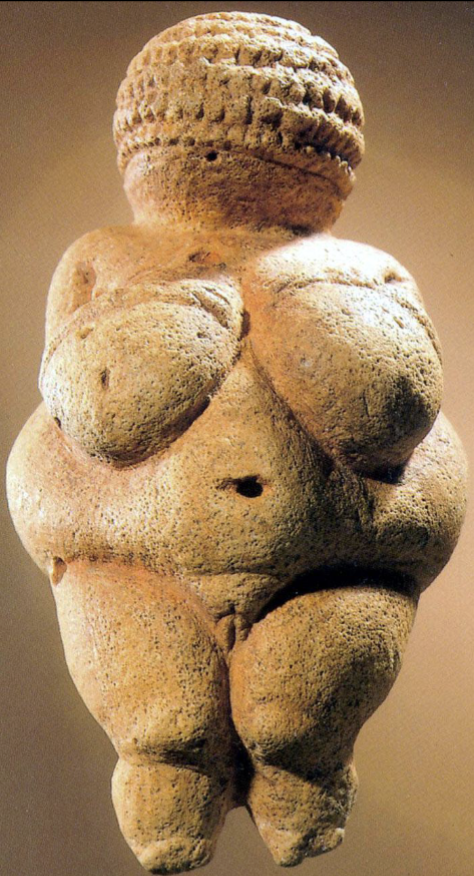
Woman of Willendorf, 24,000 BC - Paleolithic
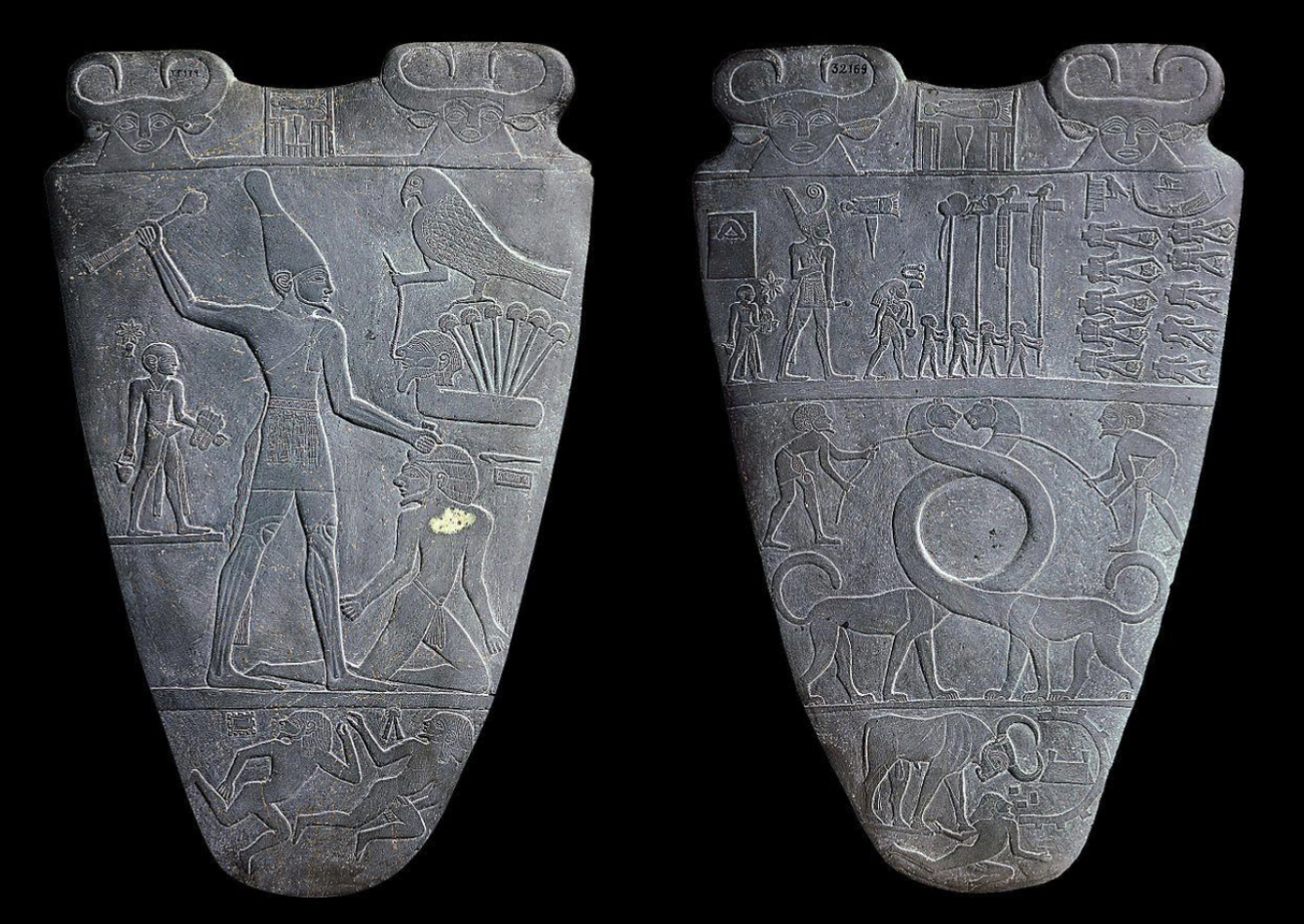
Palette of Narmer, c. 2950 BC - Egyptian
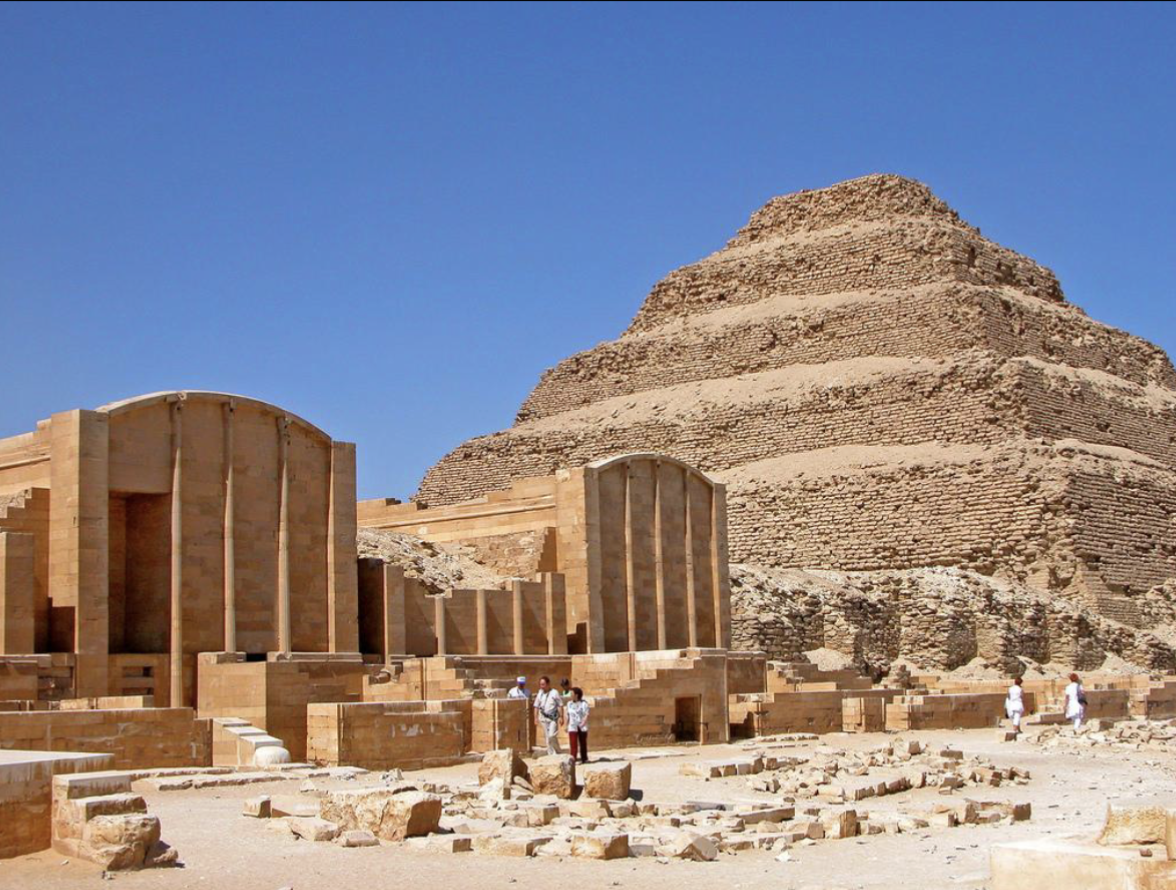
The Step Pyramid of Djoser, Imhotep, c. 2630 BC, Saqqara, Egypt - Egyptian
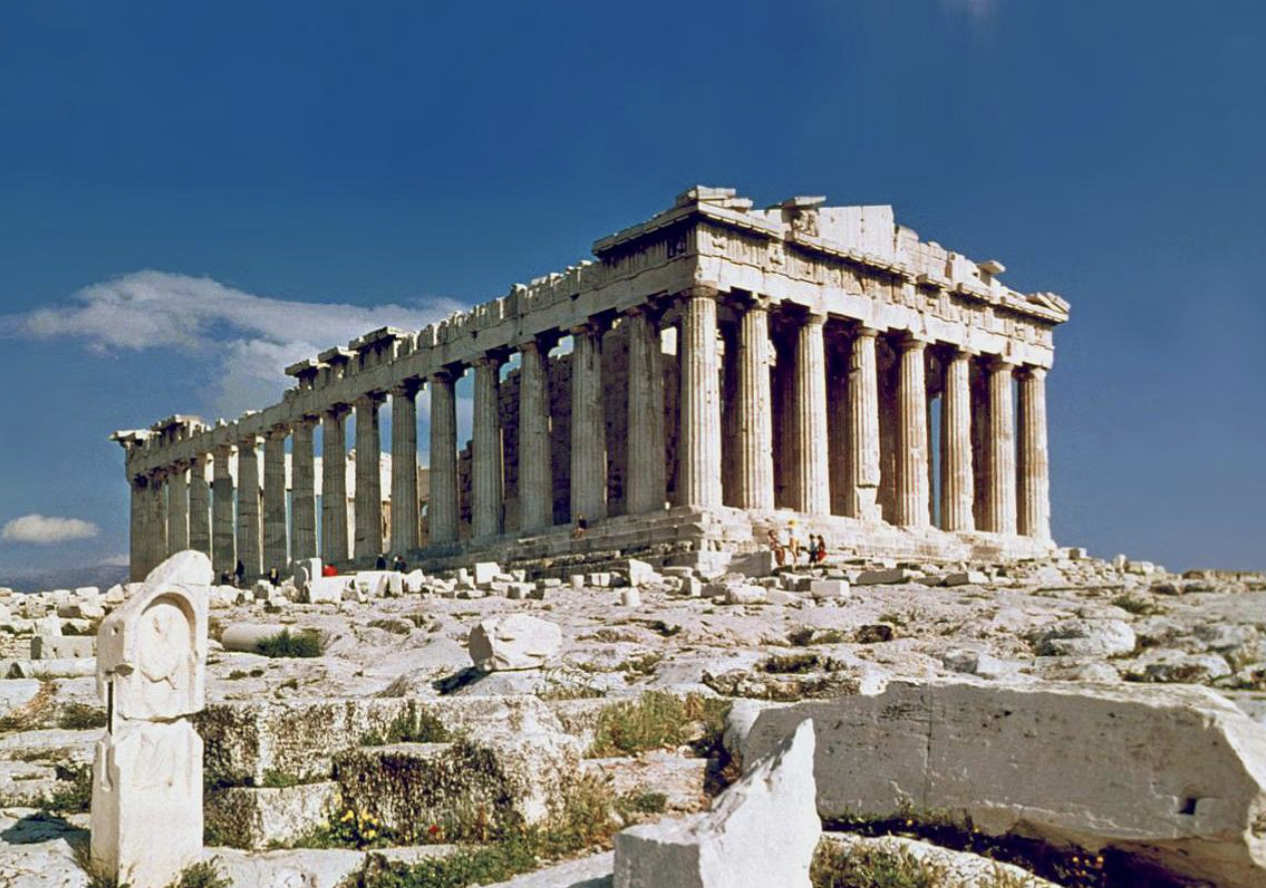
The Parthenon, Kallikrates & Iktinos, 447-432 BC, Athens, Greece, Greek
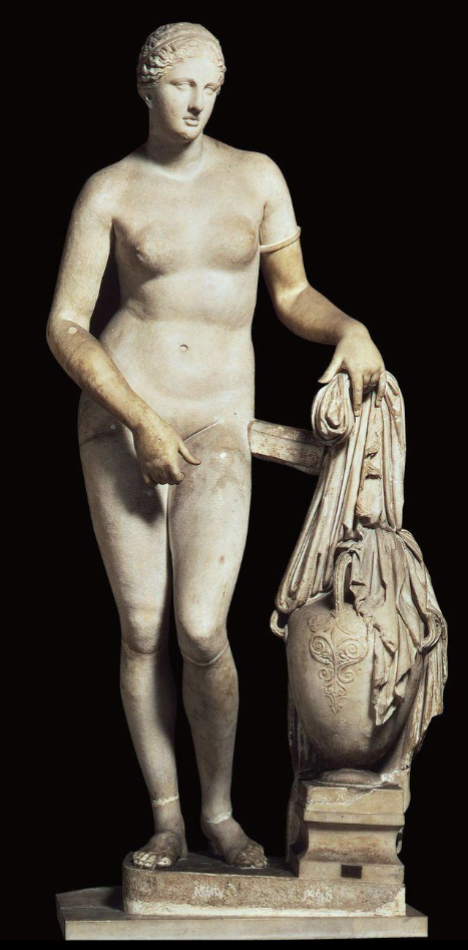
Aphrodite of Knidos, Praxiteles, c. 350 BC - Greek
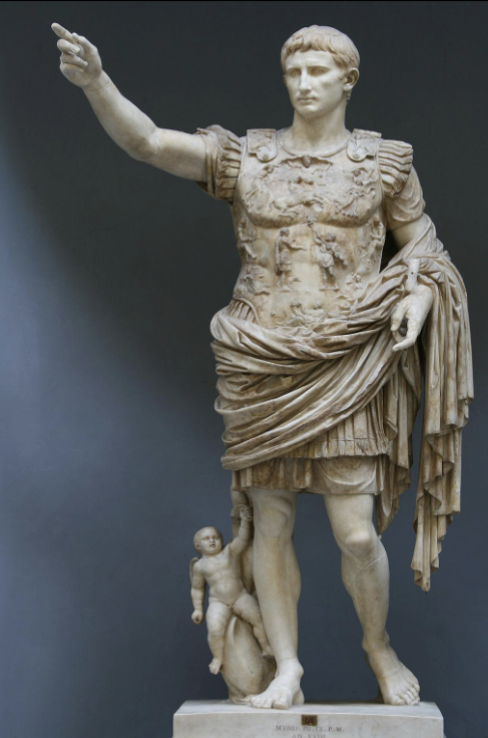
Augustus of Prima Porta, c. 14 AD - Roman
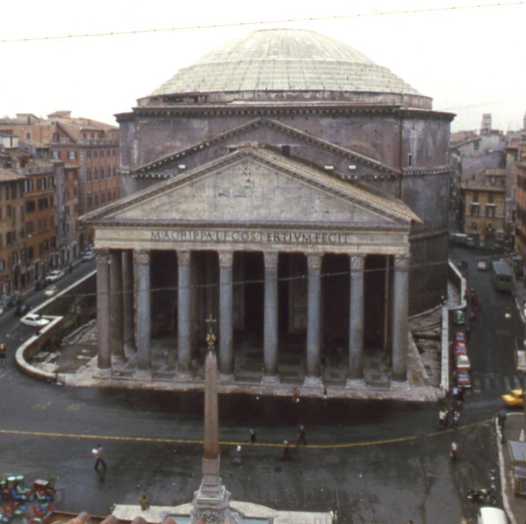
Pantheon, c. 118 - 128 AD, Rome, Italy - Roman
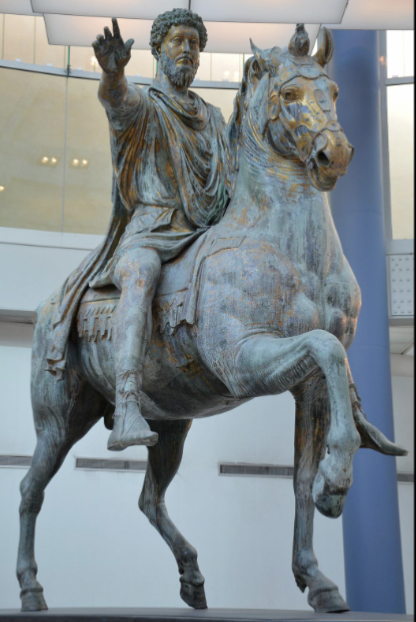
Equestrian Statue of Marcus Aurelius, c. 176 AD - Roman
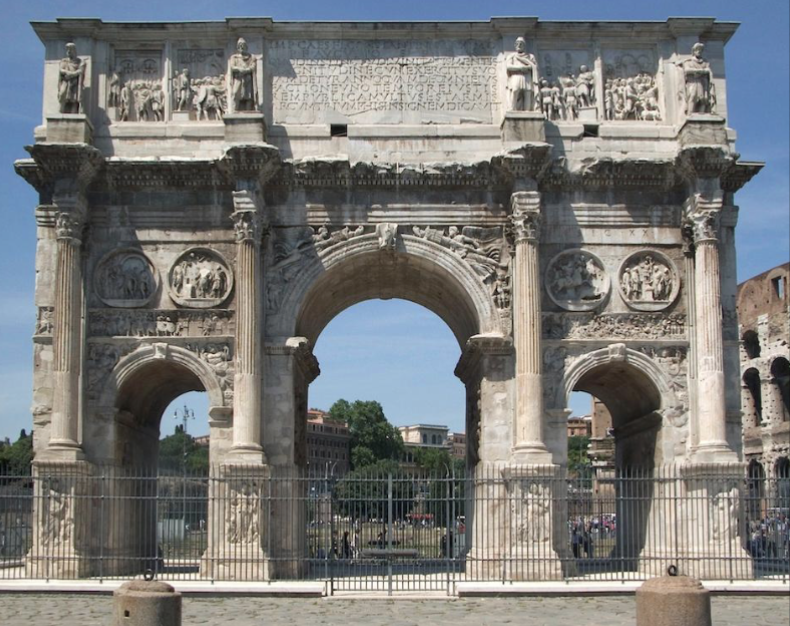
Arch of Constantine, c. 312-315 AD, Rome, Italy - Roman

Hagia Sophia, Anthemius of Tralles & Isidorus of Miletus, 532-537 AD, Istanbul Turkey - Byzantine
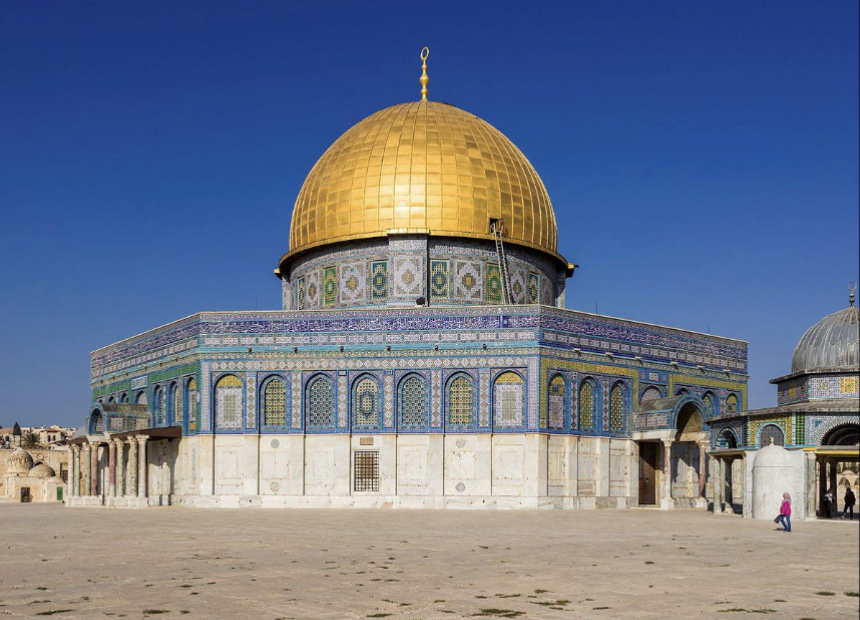
Dome of the Rock, 691-692 AD, Jerusalem, Israel - Islamic
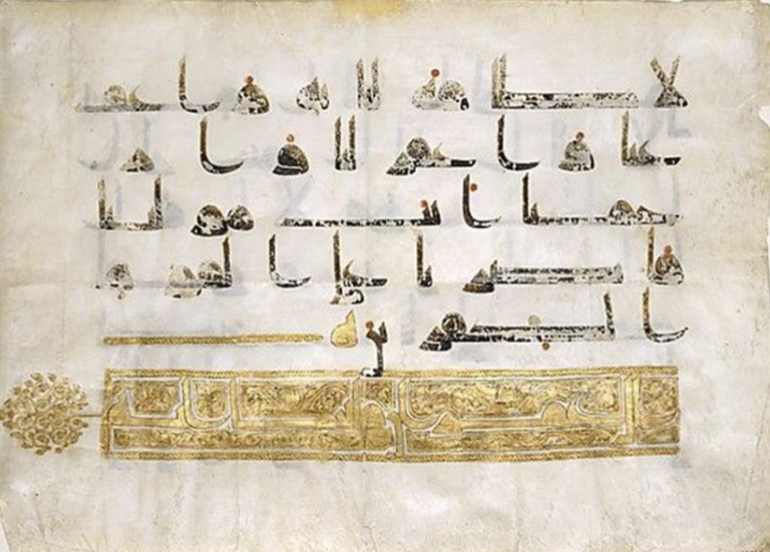
Abassid Koran, 9th c. AD, Syria - Islamic
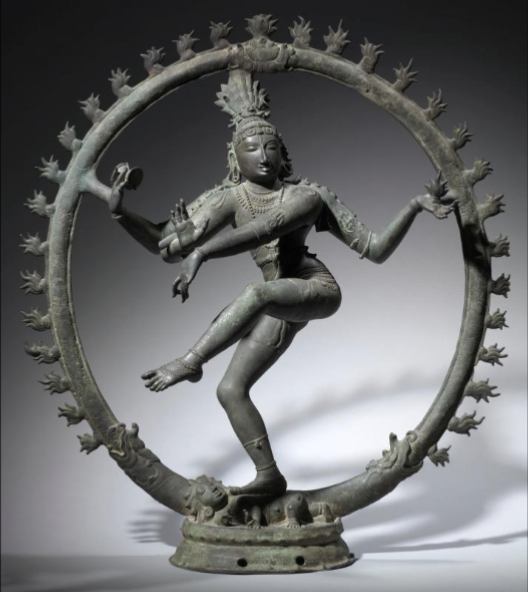
Shiva Nataraja, 12th century AD, Chola Dynasty - Hindu

Angkor Wat, 12th century AD, Khmer Dynasty, Angkor, Cambodia - Hindu
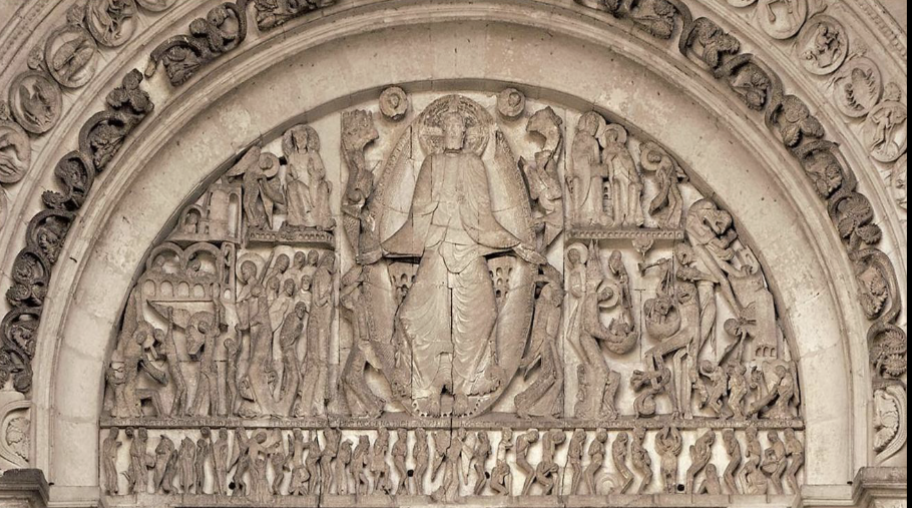
Last Judgement, Autun Cathedral, c. 1120 AD - Romanesque
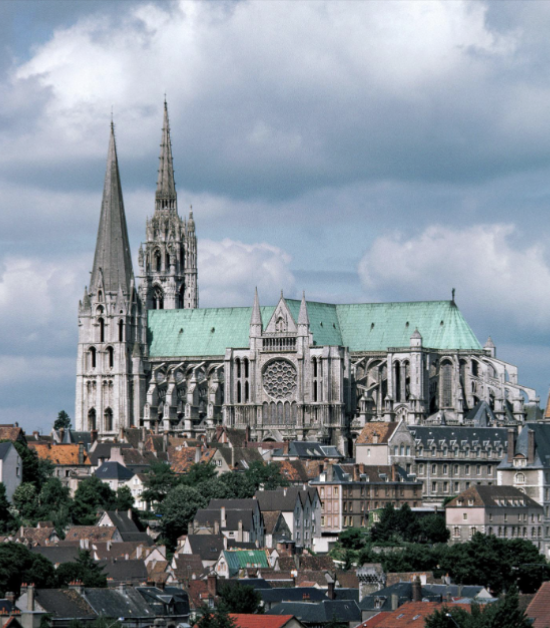
Chartres Cathedral, c. 1134-1269 AD, Chartres, France - Gothic
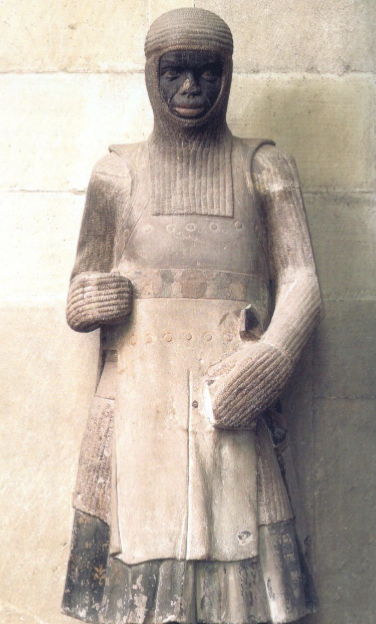
Saint Maurice, c. 1240 AD, Magdeburg Cathedral - Gothic
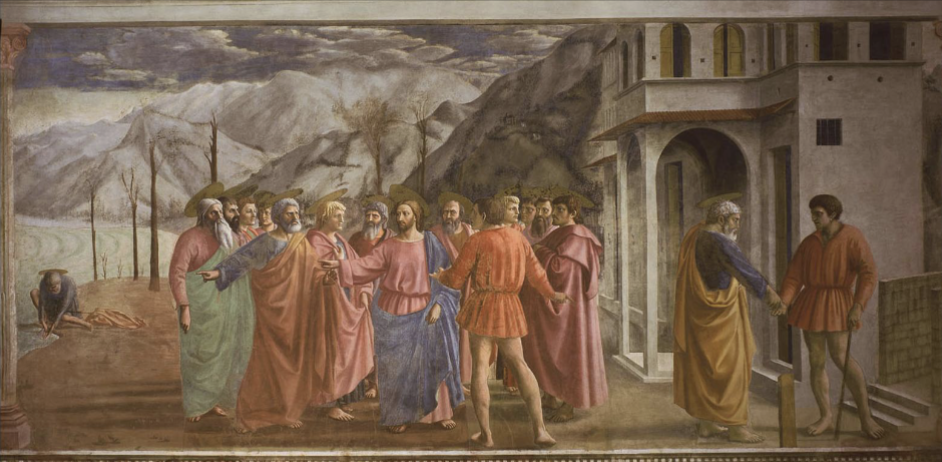
The Tribute Money, Masaccio, c. 1424-1427 - Renaissance
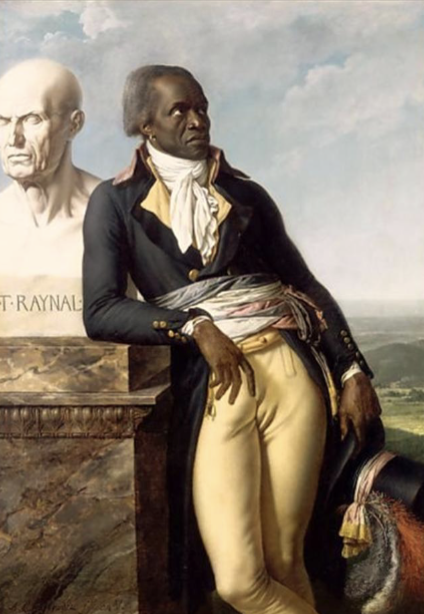
Jean-Baptiste Belley, Anne-Louis Girodet-Trioson, 1797 - Neoclassical
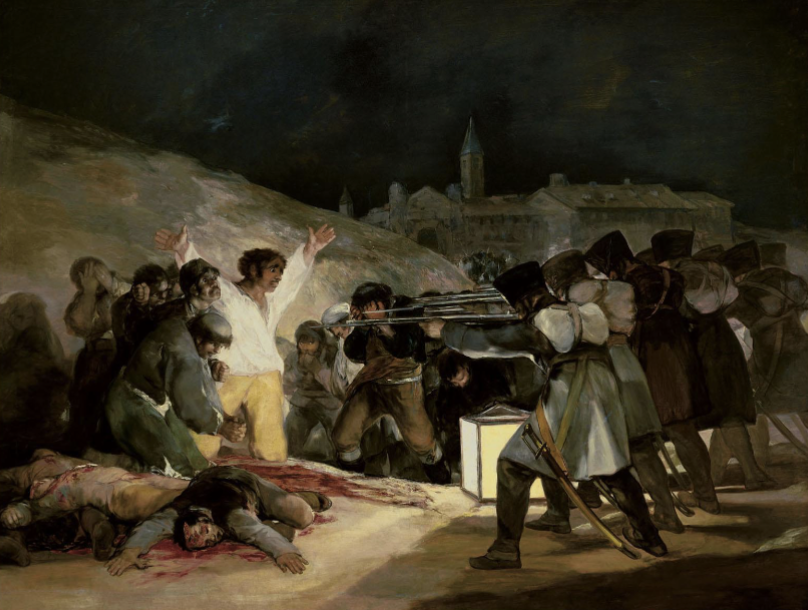
Third of May 1808, Francisco Goya, 1814-1815 - Romanticism
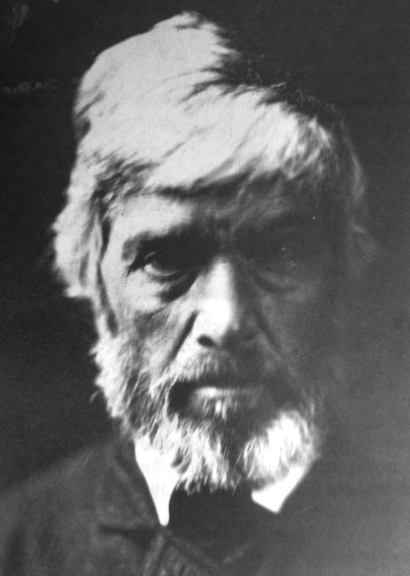
Thomas Carlyle, Julia Margaret Cameron, 1867 - Pictorialism
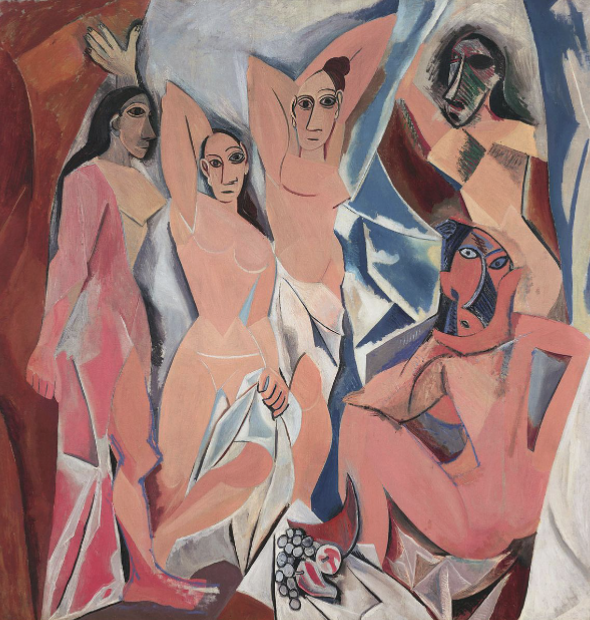
Les Demoiselles d’Avignon (The Young Ladies of Avignon), Pablo Picasso, 1907 - Cubism

Robie House, Frank Loyd Wright, 1909, Chicago, IL - Prairie Style
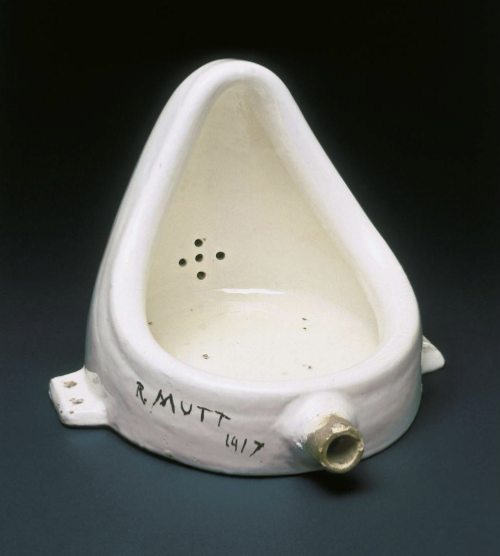
Fountain, Marcel Duchamp, 1917 - Dada
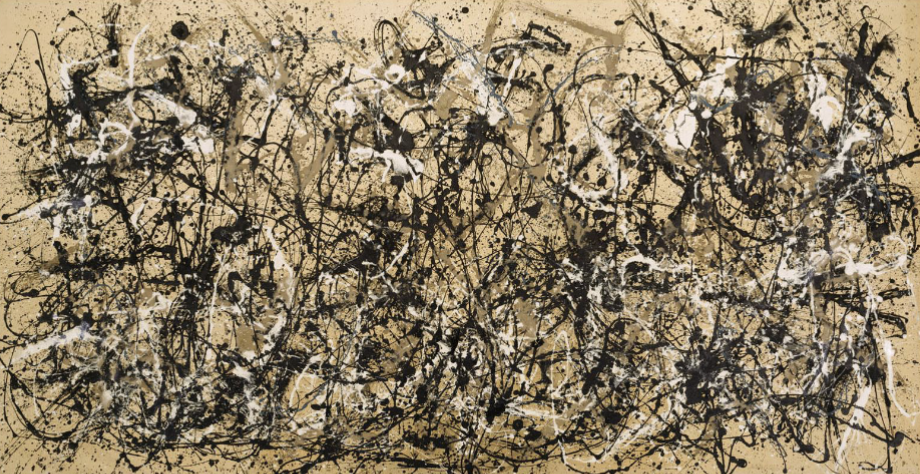
Autumn Rhythm (Number 30), Jackson Pollock, 1950 - Abstract Expressionism
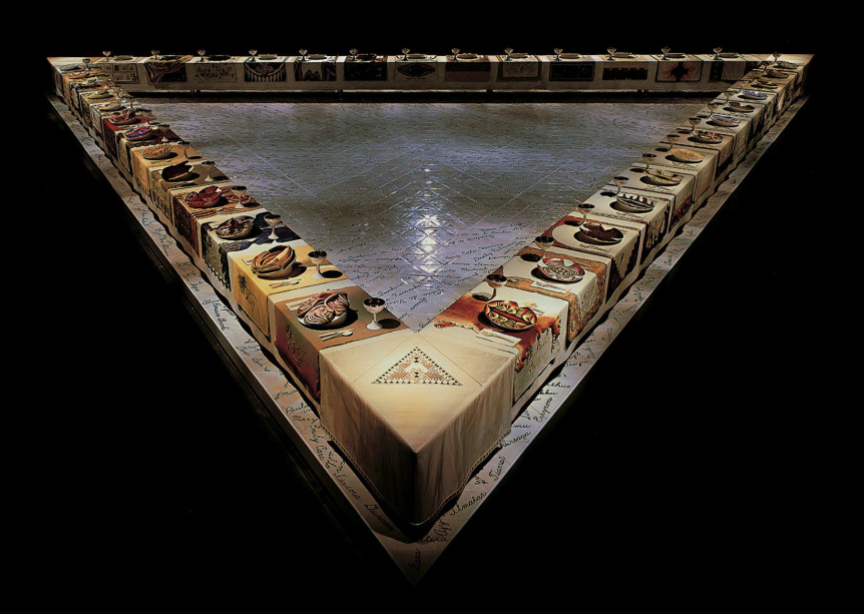
The Dinner Party, Judy Chicago, 1974-1979 - Feminism
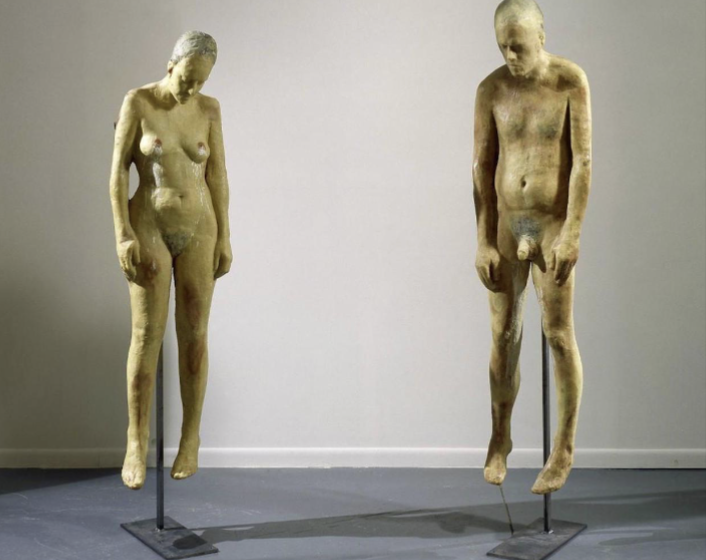
Untitled, Kiki Smith, 1990 - Post Modern
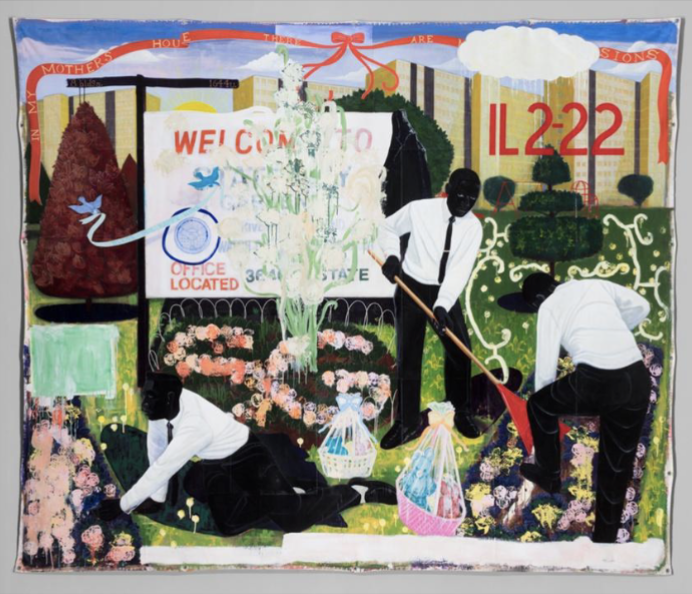
Many Mansions, Kerry James Marshall, 1994 - Post Modern
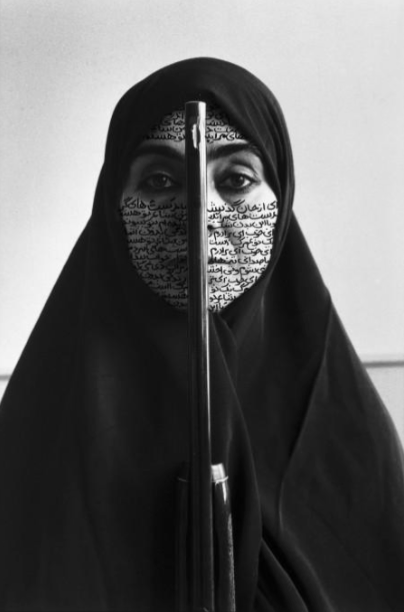
Rebellious Silence, Shirin Neshat, 1994 - Post-Modern
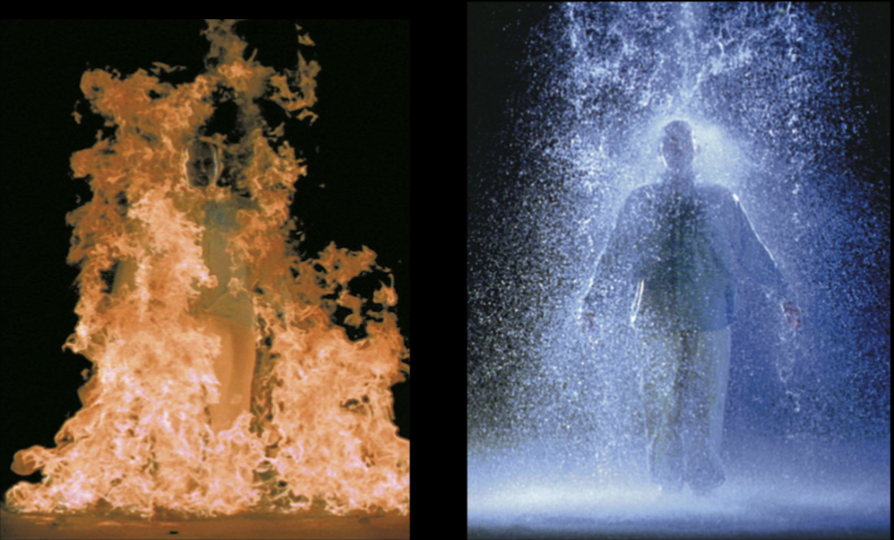
The Crossing (Fire & Water), Bill Viola, 1996 - Post-Modern

Dongdaemun Design Plaza, Zaha Hadid, 2009-11, Seoul, South Korea - Post-Modern
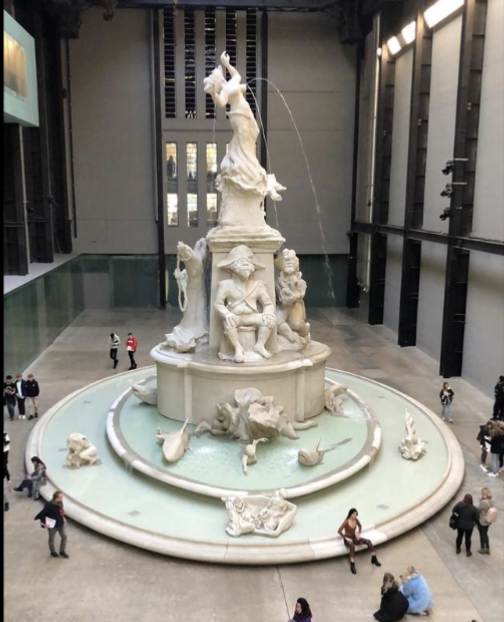
Fons Americanus, Kara Walker, 2019 - Post-Modern
When does “history” start
Period after writing (start of written record of history)
Prehistory
Period of time before writing
Taxonomies
Referring to the organizational strategies to separate historical periods. These are never “set in stone”
Johann Winckelmann
Created the academic concept of art history with his written works “Thoughts on the Imitation of Greek Works in Painting and Sculpture” and “The History of Ancient Art”
Four Steps of Art Historical Analysis
Assessment of Physical Properties (Medium, size, etc.)
Analysis of Visual and Formal Structure (Stylistic analysis and how its constructed)
Identification of Subject Matter and Symbolism (Iconographic Analysis, historical precedents, etc.)
Integration with Cultural Context (Iconology, time period, culture, artist history, etc.)
Iconology
the study of visual imagery and its symbolism and interpretation, especially in social or political terms.
Iconography
The visual images and symbols used in a work of art or “Writing with Images”
Sculpture in the Round
a type of art that is fully three-dimensional, designed to be viewed from all angles, and is freestanding, meaning it is not attached to a background
Pop Art
art based on modern popular culture and the mass media
Realism
The depiction of a subject in a realistic manner. The subject is depicted truthfully as they appear in every day real life.
Relief Sculpture
Sculptures carbed or molded in a raised form off a flat background, combining 2d composition with 3d form.
Abstraction
freedom from realistic representational qualities in art
Zoomorphic
Human represented in animal form
Attributes
an object or animal associated with a particular personage; to attribute a work of art is to suggest it may be by a particular artist
Hieratic Scale
Size and centrality of objects in an image conveying importance
Polytheism
Religion with multiple deities
Hathor
a major goddess in ancient Egyptian religion who played a wide variety of roles. As a sky deity, she was the mother or consort of the sky god Horus and the sun god Ra, both of whom were connected with kingship, and thus she was the symbolic mother of their earthly representatives, the pharaohs.
Horus/Pharoah/King
Horus is the Egyptian sky god associated with kingship and protection, known for his falcon form and the symbolic Eye of Horus. The Pharaoh is sometimes represented as Horus in Egyptian art.
Portraits of Power
Throughout history portraits were reserved for the powerful and wealthy
Pax Romana
Period: 27 BC - 180 AD
Created under Augustus
Means “Roman Peace”
Purpose was to protect those in the empire from barbarians or anyone not with the Roman Empire
Brutality towards conquered people that didn’t want to join the Roman Empire
The reality of violence in the time period is juxtaposed from the peace and prosperity ideologies of Pax Romana
Pictorialism
an international style and aesthetic movement that dominated photography during the later 19th and early 20th centuries. In general it refers to a style in which the photographer has somehow manipulated what would otherwise be a straightforward photograph as a means of creating an image rather than simply recording it. Typically, aimed to elevate photography to a fine art comparable to painting by creating romantic, idealized, and painterly images.
Expressionism
a style of painting, music, or drama in which the artist or writer seeks to express emotional experience rather than impressions of the external world.
Corporation Portraits
Portraits of those wealthy due to business success
Impasto
Loaded brush technique that lead to expressive brush strokes and highly textured works
Surface Texture
Physical texture from application of paint
Implied Texture
Implication of textured surface/object in painting. In reality the work would be smooth to the touch.
Salons
Exhibits for the purpose of competition to see at the time who was the best.
Royal Academy of Painting and Sculpture f. 1648
A French academy and premier art institution in France
Academic Hierarchy of Painting Typology
History (religious, classical, mythological, literary, allegorical)
Portraits (depiction of wealthy and powerful)
Genre (scenes of everyday life)
Landscapes
Still Life
Carnal Art
Use of physical body for art
Hand Images
Hand shaped icons found on cave walls from the Paleolithic period
Vulvate Images
Triangular shapes representing the female vulva
Phallic Objects
Depiction of penis in Paleolithic objects
Closed Form Sculpture
Sculpture with no open negative space
Five Stylistic Periods of Greek Art
Geometric: 900-700 BC
Orientalizing: 700-600 BC
Archaic: 600-480 BC
Classical: 480-323 BC
Hellenistic: 323-30 BC
Kouros
Ancient greek term meaning figure of young man
Archaic Smile
A smile that characteristically appears on the faces of Greek statues from the Archaic period. It can often be described as a shallow, inscrutable smile.
Contrapposto Stance
A pose describing a human figure standing with most of its weight on one foot, so that its shoulders and arms twist off-axis from the hips and legs in the axial plane
The Canon of Proportions
A set of rules used to create perfection of beauty of the human body created by Polykelitos (originating from Ancient Greece)
Kore
Ancient Greek term meaning figure of young woman
Caryatid
a stone carving of a draped female figure, used as a pillar to support the entablature of a Greek or Greek-style building.
How was humanism reflected in ancient greek art and beliefs?
The Greeks had positive attitude towards human beings. They believed in the power of humans in nature and their actions can make a huge difference in the world. As a means of depicting human power, Greeks strived to depict the body in a hyper realistic way (Greeks interested in realism style)
Ionic Frieze
A decorative horizontal band that typically features relief sculptures and is often found in classical Greek architecture
Doric Frieze
a continuous decorative band that alternates between two distinct elements: triglyphs, which are rectangular blocks with three vertical grooves, and metopes
Triglyph
A tablet in a doric frieze with three vertical grooves. Tripglyphs alternate with metopes.
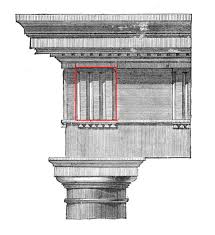
Metope
A rectangular architectural element that fills space between triglyphs in a doric friez.
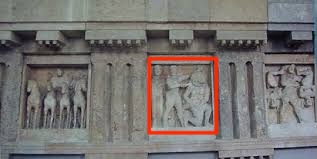
Pathos
Refers to an immediate reaction to stimuli - emotional response/appeal
Ethos
Reflection in the mind before action
Hellenistic Realism
Hyper realism found in Hellenistic sculpture. Sculptures/figures of this style are often characterized as dramatic and dynamic, and use of strong diagonals are present
Verism
Roman Realism
Triumphal Arch
Monument created in honor of an important figure. Ex. Arch of Constantine which was dedicated to Constantine and his victories. The piece conveys to its viewers the power of the Roman empire throughout its history and many emperors. It solidifies Constantine as the rightful emperor of Rome by connecting him to the success of the emperors before him
Spolia
The reuse of architectural or artistic elements from older structures or objects in a new building or artwork
Roundels
Small circular decorative plate
Frieze
A broad horizontal band of sculpted or painted decoration. In ancient greek works it is often a horizontal architectural element of relief sculptures.
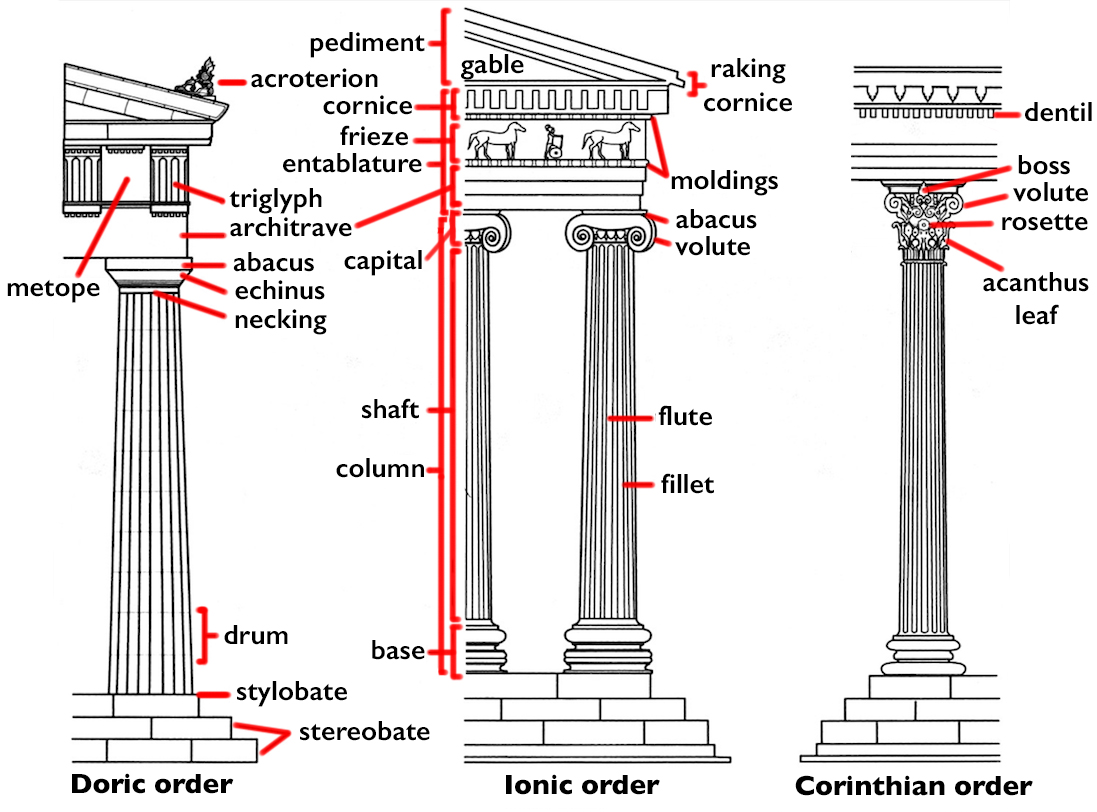
Genre Scenes
Scenes of depicting everyday life
Lignum Vitae
Meaning “Wood of Life” (reference to the cross which Jesus was crucified on)
Christian Transubstantiation Ritual
The body and blood of Christ/everlasting life
Blood of Life
Representation of blood as a source of life. Often found in Christian works referring to the spilt blood of Jesus leading to everlasting life
Appropriation
Taking aspects of past work and bringing it into another work
Red-figure Ware
a style of ancient Greek pottery in which the background of the pottery is painted black while the figures and details are left in the natural red or orange color of the clay
Kylix
Greek wine cup
Apotropaic
Supposedly having the power to avert evil influences or bad luck. In ancient Roman art this referred to objects representing the “power of the penis to ward off evil”